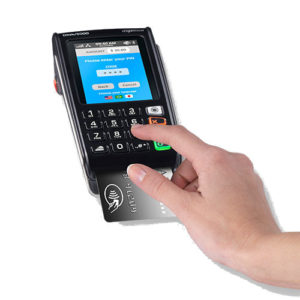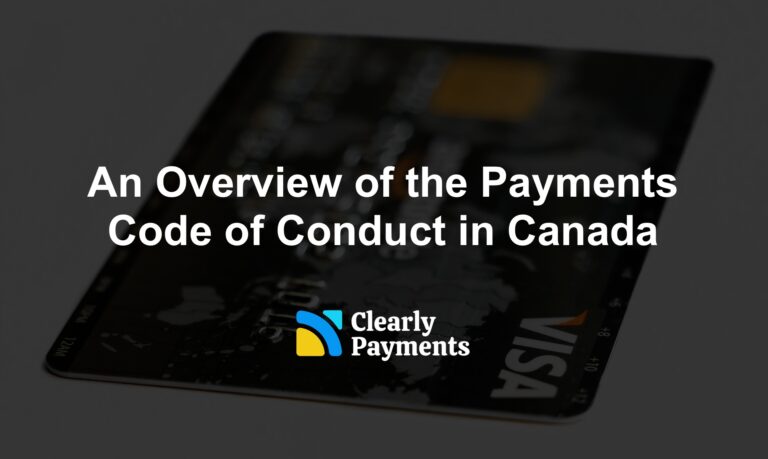Chip and PIN is a payment processing technology that has become increasingly popular in recent years. This technology is designed to provide an additional layer of security to credit and debit card transactions, making it more difficult for fraudsters to steal card data and conduct unauthorized transactions.
The chip and PIN system represents an important step forward in payment processing security. By providing an additional layer of protection to credit and debit card transactions, this technology can help reduce the risk of fraud and provide greater peace of mind for both cardholders and merchants. While there may be some challenges associated with implementing this technology, the benefits of improved security and reduced liability make it a valuable investment for many businesses.
History of chip and PIN in payment processing
The history of Chip and PIN in payment processing goes back to the 1990s when Europay International, Mastercard, and Visa (EMV) collaborated to develop a new payment card standard to replace the existing magnetic stripe technology. The new standard, known as the EMV standard, introduced a microchip (chip) embedded in the payment card, which generates a unique encrypted code for every transaction.
The chip and PIN system was first launched in France in 1992 and gradually adopted in other European countries with the UK adopting it in 2003.
In Canada, the transition to chip and PIN started in 2008 and the major Canadian banks and credit card issuers had completed the migration by 2012. As of 2013, the majority of Canadian merchants had switched to chip and PIN and the technology has become the standard for card payments in the country.
In the USA, the transition to chip and PIN was slower. In 2011, the major credit card issuers announced their plans to adopt the technology and the migration began in 2015 with the introduction of EMV (Europay, Mastercard, and Visa) chip cards. However, the transition was not as smooth as expected, and as of 2021, many smaller merchants in the USA still do not accept chip and PIN payments, relying instead on the less secure magnetic stripe technology.
How chip and PIN works in payments
 The chip and PIN system involves the use of a microchip embedded in the card itself, which stores the cardholder’s account information. This chip is designed to be much more secure than the traditional magnetic stripe on the back of the card, which can easily be skimmed or copied by fraudsters.
The chip and PIN system involves the use of a microchip embedded in the card itself, which stores the cardholder’s account information. This chip is designed to be much more secure than the traditional magnetic stripe on the back of the card, which can easily be skimmed or copied by fraudsters.
To complete a transaction using a chip and PIN card, the cardholder must insert their card into a compatible card reader and enter a personal identification number (PIN). The card reader communicates with the chip on the card to authenticate the transaction and ensure that the cardholder has authorized the purchase. Today, most payment terminals support chip and PIN in North America.
Benefits of chip and PIN in payments
One of the key benefits of the chip and PIN system is that it is much more difficult for fraudsters to steal card data and conduct unauthorized transactions. Because the chip is much more secure than the magnetic stripe, it is much harder to skim or copy the card information. Additionally, because the cardholder must enter their PIN to complete a transaction, it is much more difficult for someone else to use the card without authorization.
Another benefit of the chip and PIN system is that it can reduce the risk of fraud and chargebacks for merchants. When a transaction is completed using a chip and PIN card, the liability for any fraudulent activity falls on the card issuer, rather than the merchant. This can provide merchants with greater peace of mind and help them avoid the costs associated with fraudulent transactions.
The system has been credited with reducing card fraud and improving the security of electronic payments, although it has also faced some criticism for being vulnerable to certain types of attacks, such as skimming and cloning. Despite these concerns, the chip and PIN system remains one of the most widely used and recognized standards for secure electronic payments.




